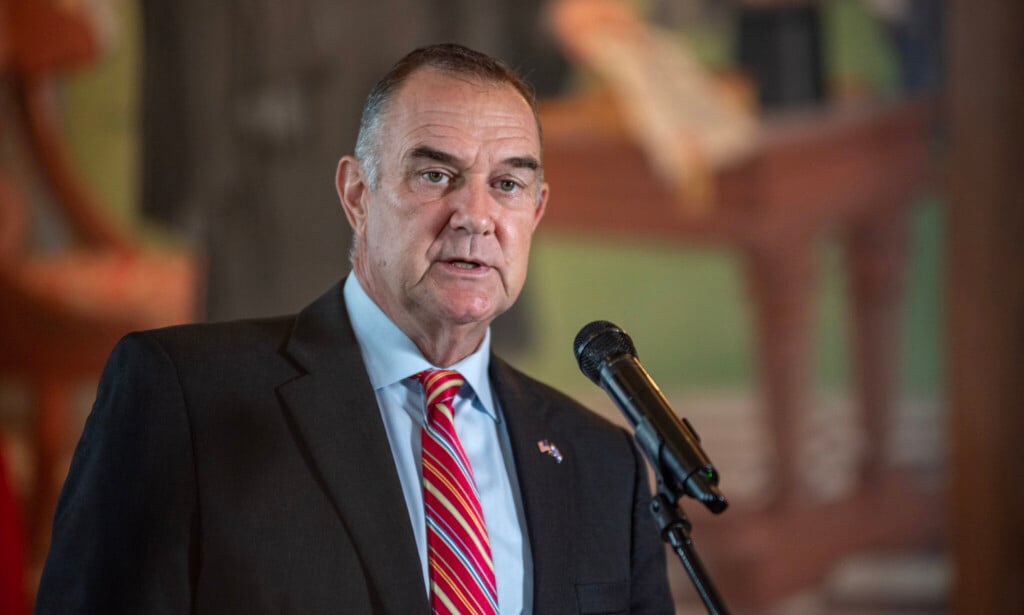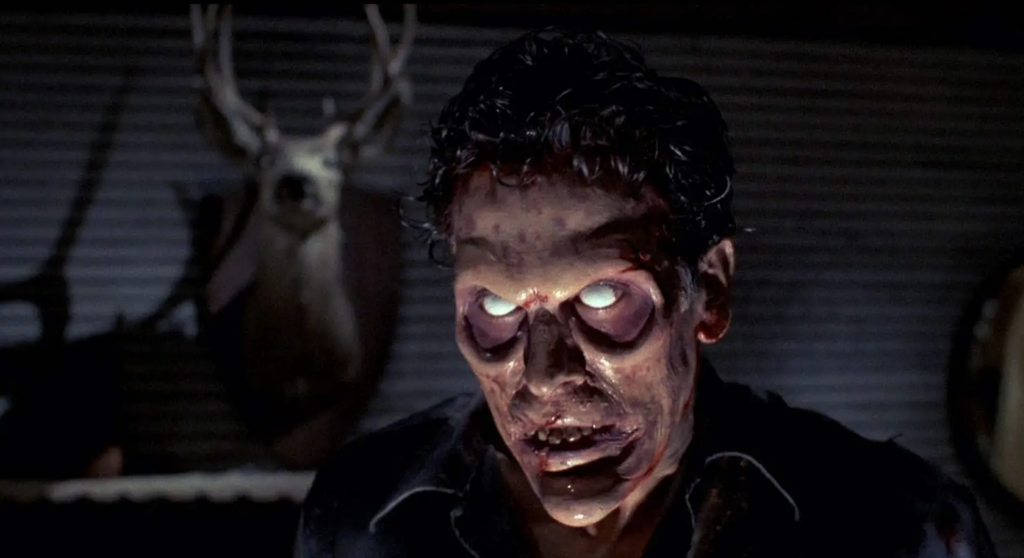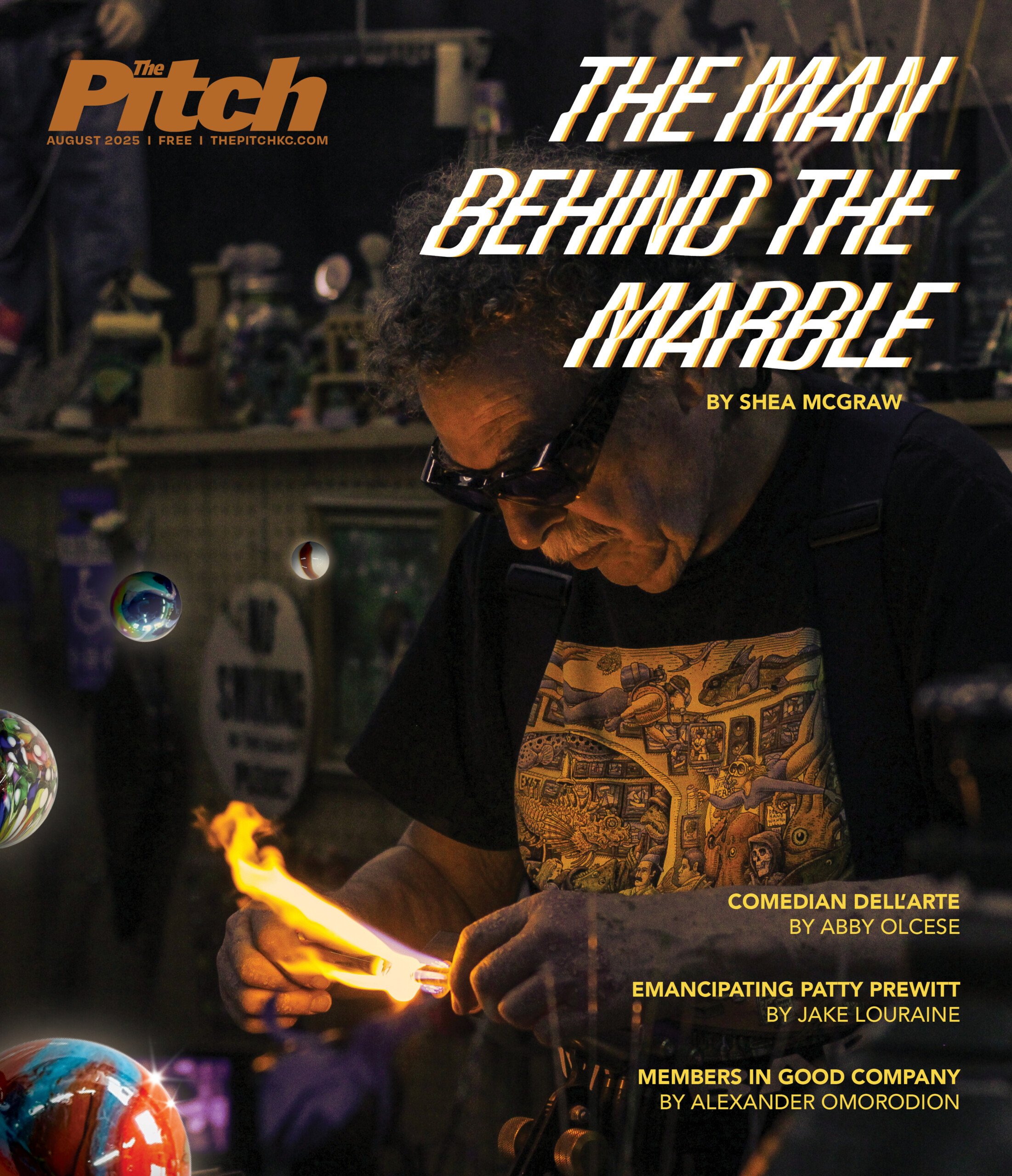Mad Max: Fury Road again proves George Miller the Michelangelo of motorized mayhem


Mad Max: Fury Road begins not unlike The Road Warrior, the beloved second film in director George Miller’s Mad Max series, with a grim narrator describing how the world became a post-nuclear desert wasteland. But this time, the voice belongs to our hero himself, Max Rockatansky — once played by an unknown named Mel Gibson, here played by Tom Hardy. “Once, I was a cop searching for a greater cause,” he says. “As the world fell, each of us, in our own way, broke.”
But Max’s words are less about the state of the world than they are about the state of his mind. “Here they are again, worming their way into the dark matter of my brain,” he says of his thoughts, as a symbolic lizard in the foreground scurries toward him. Max grabs and eats the reptile, then drives off in his Interceptor, as if fleeing from the very air around him. And then, right where the lizard was, a convoy of pursuing cars and trucks materializes, seemingly out of thin air — as if Max’s demented psyche had conjured them up. Our hero once rode for justice. Then he rode for survival. Now he just rides to escape, from demons both imagined and real.
And so Fury Road distinguishes itself from its predecessors right from the get-go. Miller’s expressionistic style has always sought to put onscreen what characters are experiencing in their minds, turning cinematic space into psychic space. But this might be his purest distillation of that approach to date. Whereas the earlier Mad Max films were post-apocalyptic gearhead classics — ghastly imaginings of a devastated world, across which rough men and women chased and destroyed real cars — this one is a waking, rolling nightmare, its every frame packed with surreal carnage both automotive and human.
The story, too, is crazier this time. We see Max captured by an army of pale, bald, shrieking quasi-mutants known as War Boys: motorpsycho Morlocks dwelling in a cave network called the Citadel and ruled by the decaying, messianic warlord Immortan Joe (an unrecognizable Hugh Keays-Byrne, who played Toecutter in the first Mad Max). When Max’s impressionable, dim owner, Nux (Nicholas Hoult), goes out with the other War Boys to stop a group of trucks fleeing from Immortan’s rule, Max goes with them, bound to the front of a truck like a living hood ornament.
The War Boys are chasing Imperator Furiosa (Charlize Theron), a rogue, one-armed warrior who has liberated a tanker filled with oil and a clutch of Immortan’s beautiful, nubile brides. Once Max manages to free himself of Nux, he attempts to seize Furiosa’s tanker. His good-guy days, it appears, are over — though we know that he’ll change his mind.
It’s hard to do justice in words to Fury Road‘s nonstop, breathtaking, hysterical action. Miller and team are on record as saying the stunts, for the most part, are real, yet there’s an otherworldliness to these sequences. This is not the dusty, grotty world of The Road Warrior, where we could almost taste the dirt. Here, we watch the movie in a weird state of vicarious pain, delirium and ecstasy. It actually takes something out of us. It’s a work of almost religious horror and beauty — the Sistine Chapel of action filmmaking.




